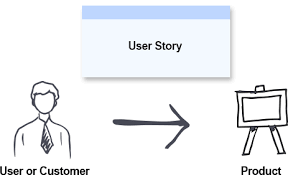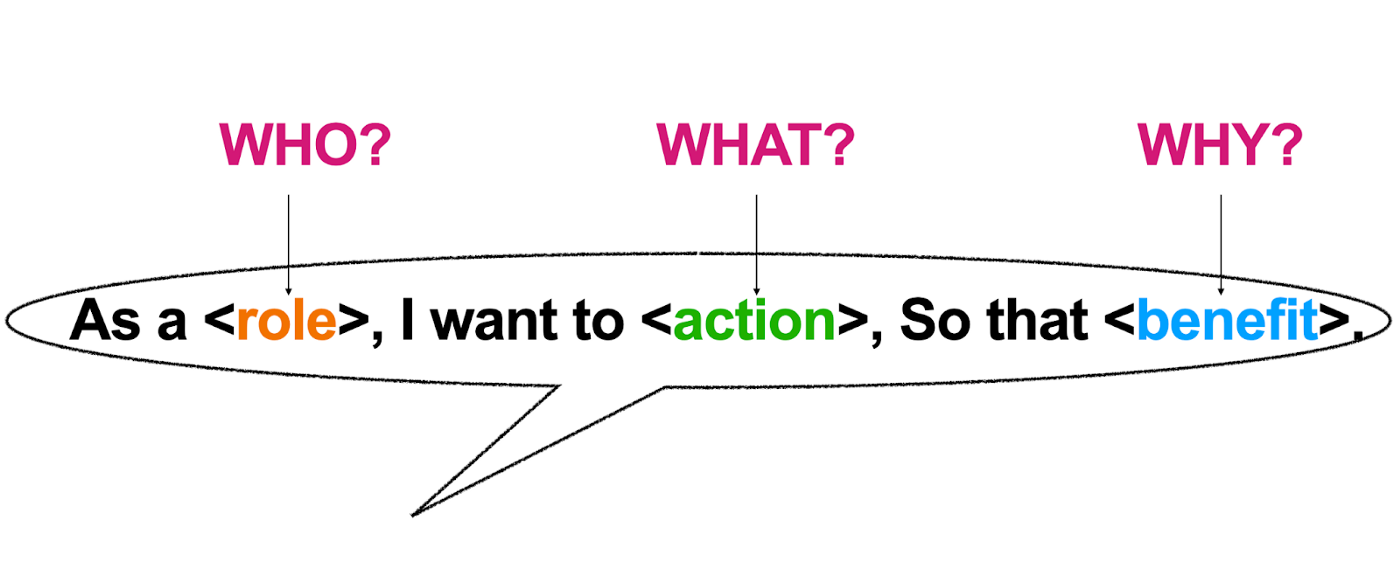Mastering User Stories: Techniques, Templates, and the 3Cs for Agile Development
User stories are an essential component of agile software development methodologies. They are short, simple descriptions of a user’s requirement or need, written from the perspective of the user. User stories help teams to prioritize features and ensure that the end product meets the needs of the user. In this article, we’ll discuss user stories, techniques for writing them, popular templates, and the 3Cs that make up a good user story.
What are User Stories?
A user story is a short, simple description of a feature or function that a user wants in a software product. The user story is written from the perspective of the user, describing what they want to achieve and why they want to achieve it. The user story should be concise and focused, describing the user’s need or requirement in a few sentences.

User stories are often written on index cards or sticky notes, making them easy to manage and prioritize. User stories are usually written by the product owner or customer, but they can be written by anyone on the team who has a good understanding of the user’s needs.
The Advantages of Using User Stories for Agile Development
User stories have become popular for several reasons. Firstly, they are a key component of agile development methodologies, which have become increasingly popular in recent years due to their focus on iterative development and collaboration between cross-functional teams.
Secondly, user stories provide a simple and effective way to capture user requirements and ensure that the end product meets the needs of the user. By writing user stories from the perspective of the user, teams can better understand the user’s goals and motivations, which can help to prioritize features and ensure that the end product is user-friendly.
Finally, user stories are easy to manage and prioritize. They are typically written on index cards or sticky notes, which can be easily rearranged or grouped together to create a roadmap or backlog of features. This makes it easier for teams to stay focused on the most important features and to adjust the roadmap as needed based on changing user needs or market conditions.
Techniques for Writing User Stories
There are several techniques that teams can use to write effective user stories. These include:
- User Persona Mapping: User persona mapping is a technique that involves creating a detailed profile of the user for whom the story is being written. This helps to ensure that the user story is focused on the needs of the user and that it accurately reflects their goals and motivations.
-
Story Mapping: Story mapping is a technique that involves visualizing the user’s journey through the software product. This helps to ensure that the user story is part of a larger narrative and that it fits into the overall product roadmap.

- Acceptance Criteria: Acceptance criteria are the specific conditions that must be met in order for the user story to be considered complete. By defining acceptance criteria up front, teams can ensure that the user story is well-defined and that everyone is on the same page.
Popular User Story Templates
There are several popular templates for writing user stories, including:
- As a [user], I want [functionality], so that [goal]. This template is the most widely used and is suitable for most user stories.
- In order to [goal], as a [user], I want [functionality]. This template is useful when the goal is the most important part of the story.
- As a [role], I can [capability], so that [benefit]. This template is useful when the user is a specific role, such as an administrator or a customer.

The 3Cs of User Stories
The 3Cs in user stories are:

- Card: This refers to the physical representation of the user story, usually an index card or a sticky note. The card typically contains the title of the user story, a brief description of the user’s requirement or need, and any acceptance criteria that must be met in order for the user story to be considered complete.
- Conversation: This refers to the discussion that takes place around the user story. The conversation typically involves clarifying questions and discussions around the acceptance criteria, and may involve input from developers, testers, and other stakeholders.
- Confirmation: This refers to the acceptance criteria that must be met in order for the user story to be considered complete. The confirmation criteria are typically defined during the conversation phase and may include things like specific user actions, expected outcomes, or performance criteria. By defining the acceptance criteria up front, teams can ensure that everyone is on the same page and that the user story is well-defined.
Clear Communication in the 3Cs of User Stories
The 3Cs are essential in user stories for several reasons:
- Clarity: The card helps to ensure that the user story is clear and concise, and that all team members understand the user’s needs and requirements. The card is a visual representation of the user story that can be easily shared and referenced during the development process.
- Collaboration: The conversation phase encourages collaboration between team members and ensures that everyone has a shared understanding of the user story. By discussing the user story in detail, team members can identify potential issues and dependencies, and work together to find solutions.
- Confirmation: The confirmation criteria help to ensure that the user story is well-defined and that everyone knows when it is complete. By defining the acceptance criteria up front, teams can avoid misunderstandings and ensure that the end product meets the user’s needs.
Overall, the 3Cs help to ensure that user stories are well-defined, clear, and easy to manage. By using this approach, teams can work together more effectively, and ensure that the end product meets the needs of the user.
Conclusion
User stories are an essential component of agile software development methodologies. They help teams to prioritize features and ensure that the end product meets the needs of the user. By using techniques such as user persona mapping, story mapping, and acceptance criteria, teams can write effective user stories that accurately reflect the needs of the user. Popular templates for user stories include “As a [user], I want [functionality], so that [goal],” “In order to [goal], as a [user], I want [functionality],” and “As a [role], I can [capability], so that [benefit].” Finally, the 3Cs of user stories – card, conversation, and confirmation – are essential elements that make up a good user story.

